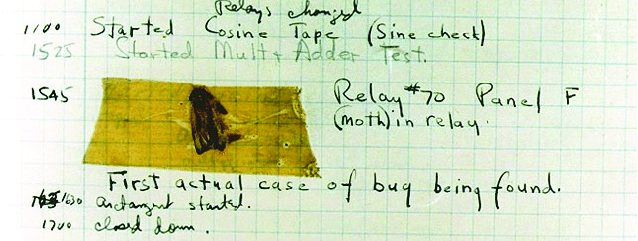True. Was thinking of indie games, of the kind I might develop myself., which would be limited to the languages I speak myself.
If you're developing something where you'd expect enough international sales to hire a translation team, then Chinese would be a sensible first choice, followed by Spanish.

Especially since any version of Git from the last view years has a passionate hatred of symlinks for this reason, which is a bit annoying if you've a legit usecase. They're either very out-of-date, or have done some very foolish customisation...